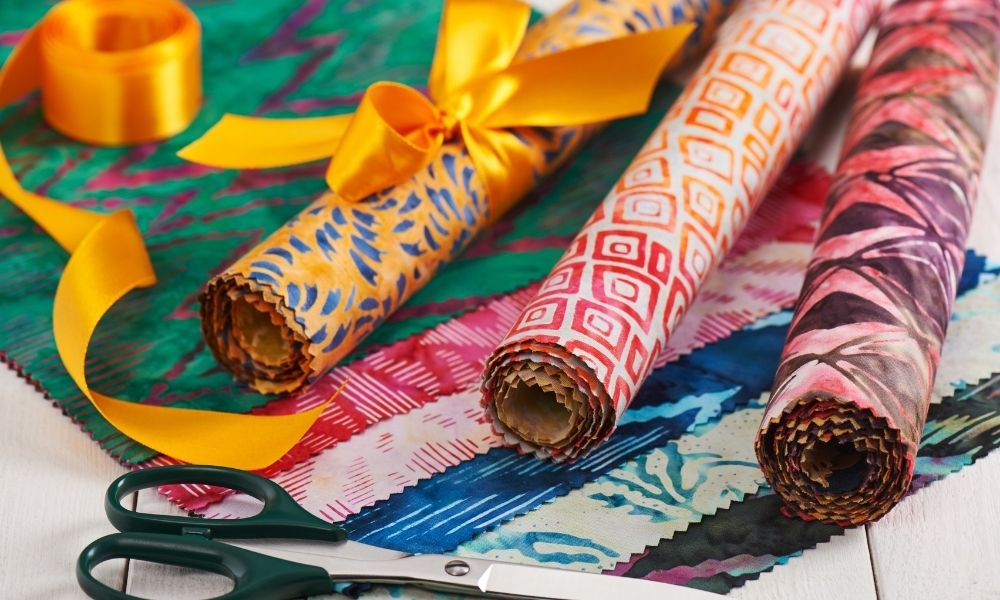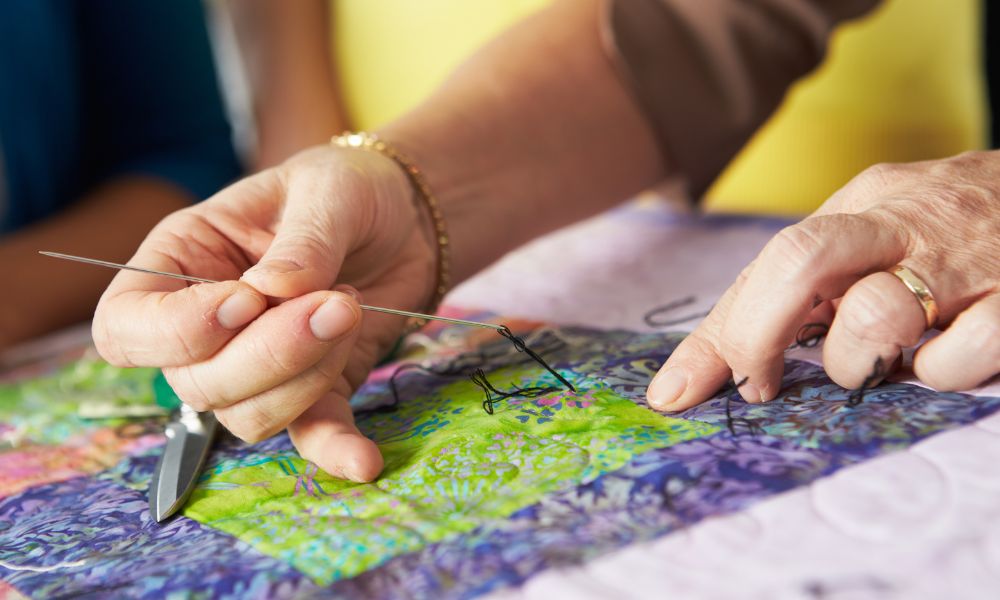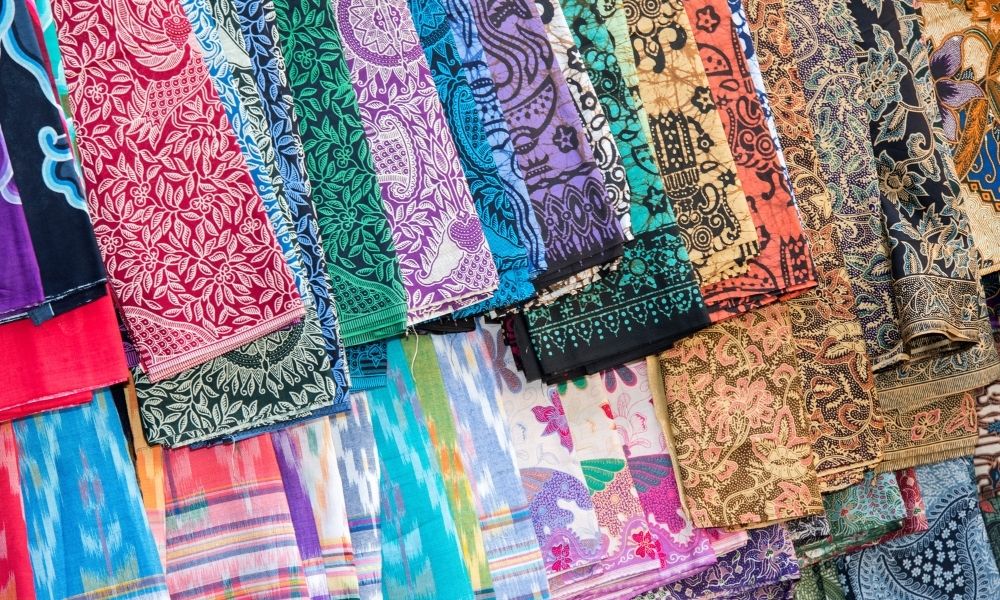Eco-Quilting: Sewing in Favor of Sustainability
Environmental awareness of the world’s precious materials is essential, especially at this moment. When it comes to quilting, you can sew in favor of sustainability by eco-quilting. Now you’re probably thinking, “Well, what exactly is eco-quilting, and how does that affect my quilts?” It’s funny that you should ask! In this blog, you’ll get a crash course in eco-quilting, eco-friendly fabrics, and where to locate them so you can get started to aid in restoring the world’s ecological balance.
So, What’s the Issue?
Decreasing the amount of textile waste produced in factories is a must, as waste is becoming a significant component in landfills. In some countries, textile and material waste can make up to 9.5 percent of their solid waste each year.
With landfills reaching their capacities, specific areas worldwide are shipping their waste out as an alternative method of transportation. This method creates more greenhouse gases than what the materials would produce from simply sitting in a landfill.
The fabric and textile industries also play a part in environmental degradation by utilizing tremendous amounts of energy, water, and other valuable resources to produce their materials. For example, cotton is subject to pesticide treatments, while synthetic fabrics like polyester and nylon are responsible for nitrous oxide emission.
These emissions cause an enhanced greenhouse effect that warms the Earth faster than expected, which can impact life on the planet. Given that human activity contributes to this worsening issue, you can take a step in the right direction of change by engaging in activities that avoid the burn of fossil fuels and minimize the number of greenhouse gases emitted into the air.
What Is Eco-Quilting?
Say hello to eco-quilting! Otherwise known as eco-friendly quilting, this practice involves instilling small habits into your hobby that are friendly to not only your crafts but the environment too! As you begin your eco-quilting journey, you can try some of these fantastic tips to get you started.
- Repurpose: You can repurpose fabrics that are already in your home into quilting material for future projects. You can take heavily worn shirts and garments that you don’t want to donate, cut the worn parts, and incorporate them into your quilts. You can make reusable totes and fabric dolls for the kids.
- Reuse: You can acquire secondhand fabrics from owners trying to sell material that no longer fits their collection or aesthetic. Don’t be afraid of buying previously owned fabrics, as there are plenty of hidden gems that can feed your quilting inspiration. The best part is that you’ll save some of the planet’s resources that you would need to make new fabric! Look at you go!
- Recycle or Upcycle: Recycled material such as upcycled cotton comes from post-industrial and post-consumer waste. Recycled cotton allows for less usage of water, energy, and new cotton crops.
- Use Scraps: Remember that you are never too good to use scraps. Save those scraps for the future because you’ll need them! A lot of quilting involves stitching various fabrics to create a beautiful final product with a story to tell.
- Make “A-mends”: Distressed, mended clothing is still making rounds, so why not? Is there a hole in your jeans? Is your shirt looking a bit holey? Depending on the size and location of the damage, you can cut your shirt up and mend it to create an entirely new look! The mending will make it look trendy.
- Look for Inspiration: Sometimes, you have to make do with what you have. You might have come across some fabric in your collection that you don’t remember buying but have deep regrets about having. Try to challenge yourself to create a quilting project that incorporates that fabric. Who knows? You might find yourself remembering what made you buy the material in the first place.
What Are Eco Textiles?
You can also do your part in eco-quilting by choosing renewable fabrics and textiles made from plants that grow pretty quickly. These materials also use a limited number of chemical treatments. Some eco-friendly fabrics include:
- Organic Cotton: Organic cotton is a sustainable fabric that’s grown without pesticides or genetic modification. It strives to avoid the usage of harmful chemicals and limit the use of essential resources.
- Linen: Linen is biodegradable and was one of the first textiles to exist. Linen comes from the flax plant, which doesn’t require much water to flourish. During production, every part of the plant is helpful to create loose, breathable clothing that is durable and resistant to bacteria.
- Hemp: Hemp material possesses similar qualities to linen as it’s biodegradable, strong, and antibacterial. Much clothing made from hemp can even block UV light! However, it is a more expensive option, as it is natural and durable.
- Bamboo: Untreated bamboo grows quickly and organically and is biodegradable. However, keep in mind that when shopping for bamboo fabric, you’ll want an option that is certified organic and naturally colored, as most fabrics on the market undergo chemical processing.
- Spider Silk: Despite its creepy crawler name, spider silk takes its name from these creatures’ ability to weave strong silk material. This lab-made fiber requires minimal energy to process and no heat to create a strong material.
The Good News
Now, you’re most likely wondering how one person can make a difference. The answer is simple: you can incorporate these eco-friendly materials into your quilting projects and still craft something beautiful.
You don’t have to drastically change your habits by implementing all of the tips mentioned above in one day. Being environmentally aware and conscious of sustainability takes time and is a long-term behavior that takes dedication.
Sew in favor of sustainability by implementing these tips so you can play a part in environmental changes. Remember that even the slightest change can contribute to a substantial positive impact.
Are you looking for quilting material for your next crafting project? Consider browsing our online selection at Lindley General Store today! We have quilts for sale in Canada that are beautiful and affordable. We also have a selection of quilting essentials for your kit that you won’t want to miss.






Comments